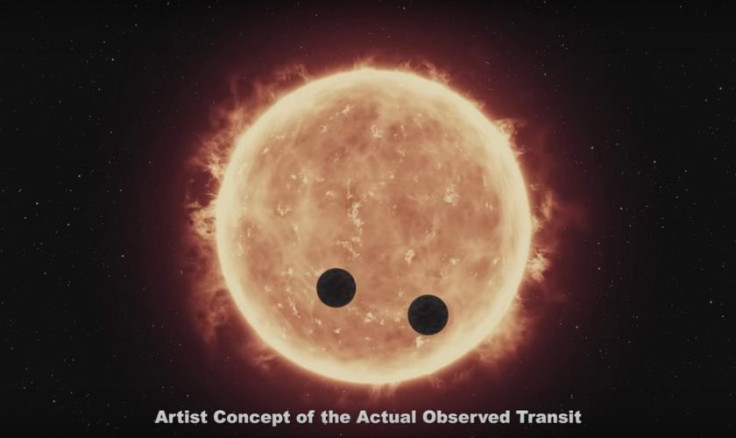Astronomers Study Atmospheres Of Two Earth-Sized Exoplanets That May Be Habitable

Astronomers, using NASA’s Hubble Space Telescope, have studied atmospheres around two Earth-sized exoplanets, and found that these alien worlds beyond our solar system could be habitable.
The two exoplanets, dubbed TRAPPIST-1b and TRAPPIST-1c, were discovered about 40 light-years away from Earth, and are unlikely to have puffy atmospheres dominated by hydrogen — something that's usually found on gaseous planets. A team of scientists, led by Julien de Wit of the Massachusetts Institute of Technology, observed the planets with the help of Hubble’s Wide Field Camera 3. Further analysis revealed that though the content of the atmospheres is unknown, the low concentration of hydrogen and helium left scientists thrilled about the implications.
“The lack of a smothering hydrogen-helium envelope increases the chances for habitability on these planets,” Nikole Lewis of the Space Telescope Science Institute in Baltimore, a member of the team, said in a statement Wednesday. “If they had a significant hydrogen-helium envelope, there is no chance that either one of them could potentially support life because the dense atmosphere would act like a greenhouse.”
According to the scientists, the two planets orbit a red dwarf star at least 500 million years old in the constellation of Aquarius, one of the oldest documented constellations of the Zodiac. TRAPPIST-1b completes a circuit around its parent star in 1.5 days while TRAPPIST-1c does the same in 2.4 days. The results of the latest study were published in the journal Nature on Wednesday.
Both the planets are between 20 and 100 times closer to their star than the Earth is to the sun. Scientists said the planets’ star is much fainter than our sun, because of which at least one of the two, most probably TRAPPIST-1c, is likely to be within the star’s habitable zone — a region where moderate temperatures could allow for liquid water to exist.
“These initial Hubble observations are a promising first step in learning more about these nearby worlds, whether they could be rocky like Earth, and whether they could sustain life,” Geoff Yoder, acting associate administrator for NASA’s Science Mission Directorate in Washington, said in the statement. “This is an exciting time for NASA and exoplanet research.”
Scientists hope that observations from future space telescopes, including NASA’s James Webb Space Telescope, will help them determine the full composition of the exoplanets’ atmospheres, and look for water vapor and methane, in addition to ingredients that help lives to thrive, such as carbon dioxide and ozone.
© Copyright IBTimes 2024. All rights reserved.





















